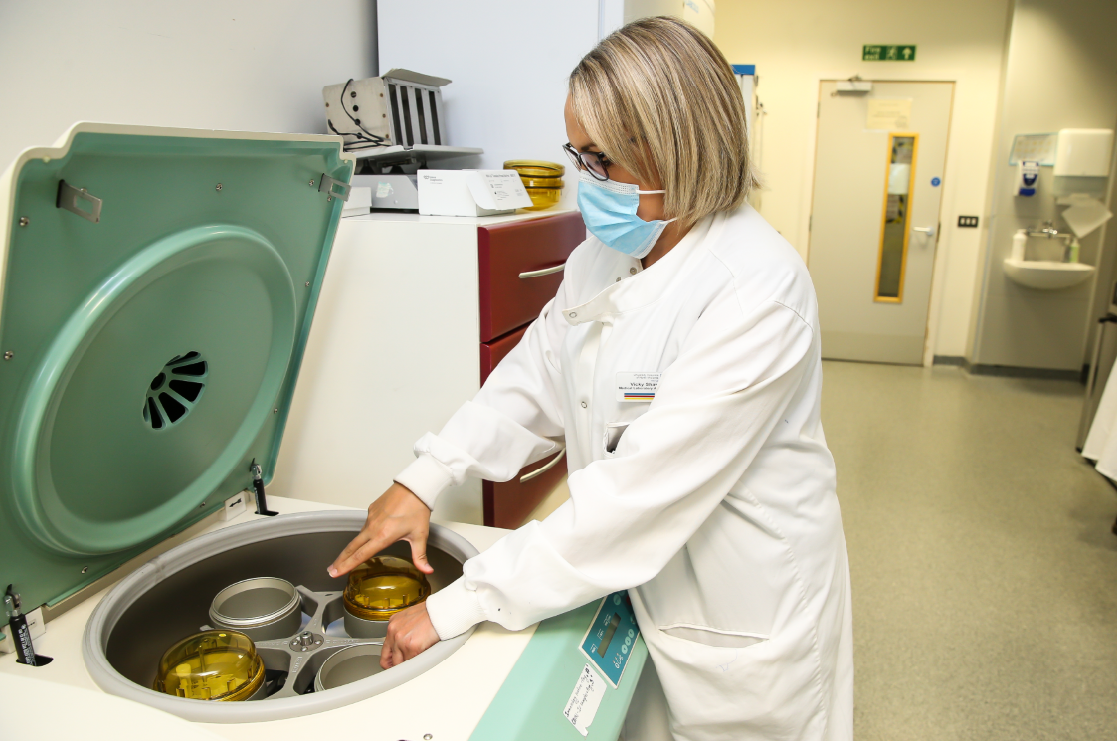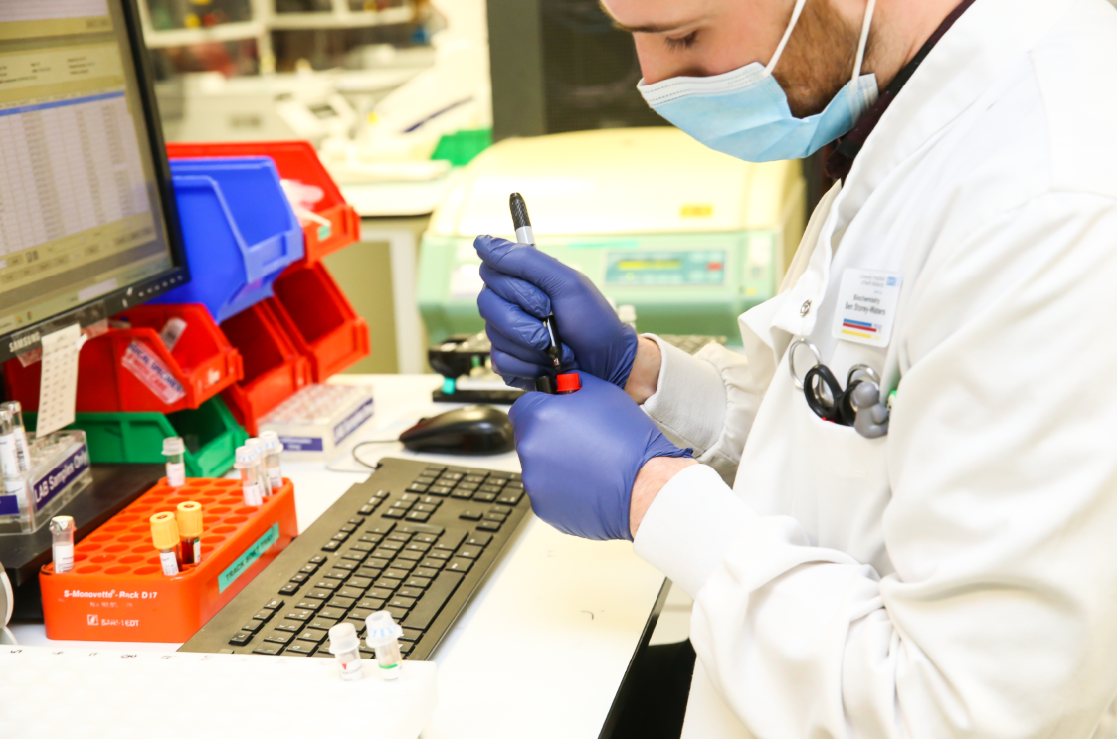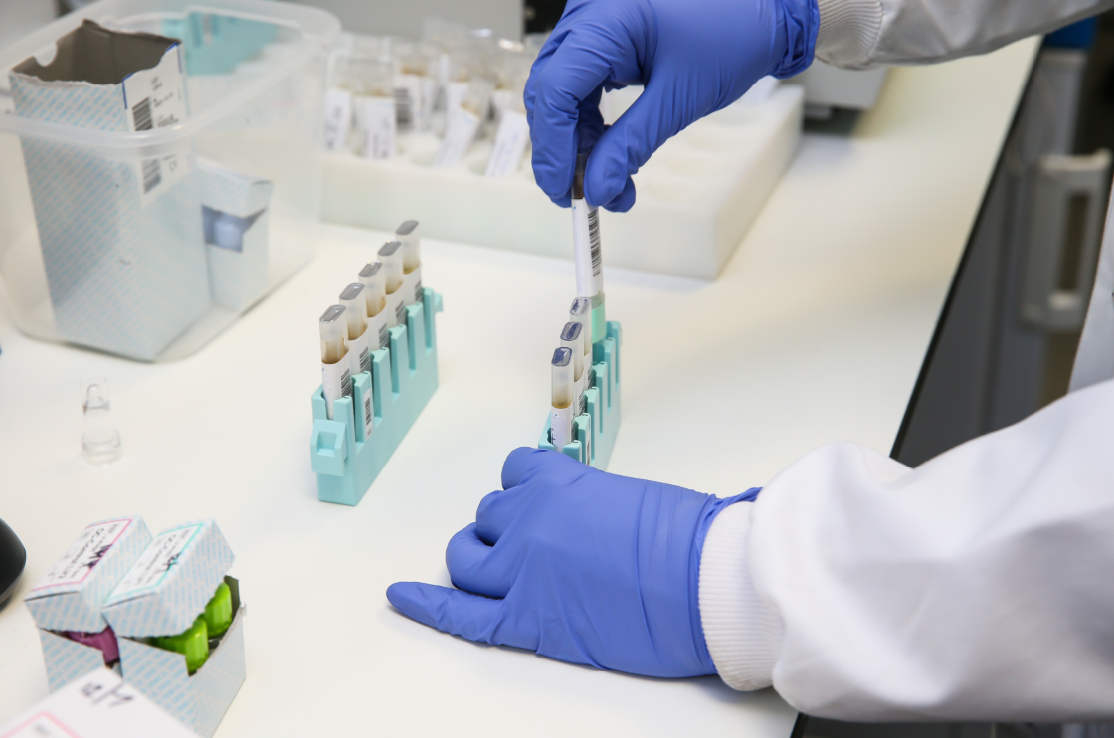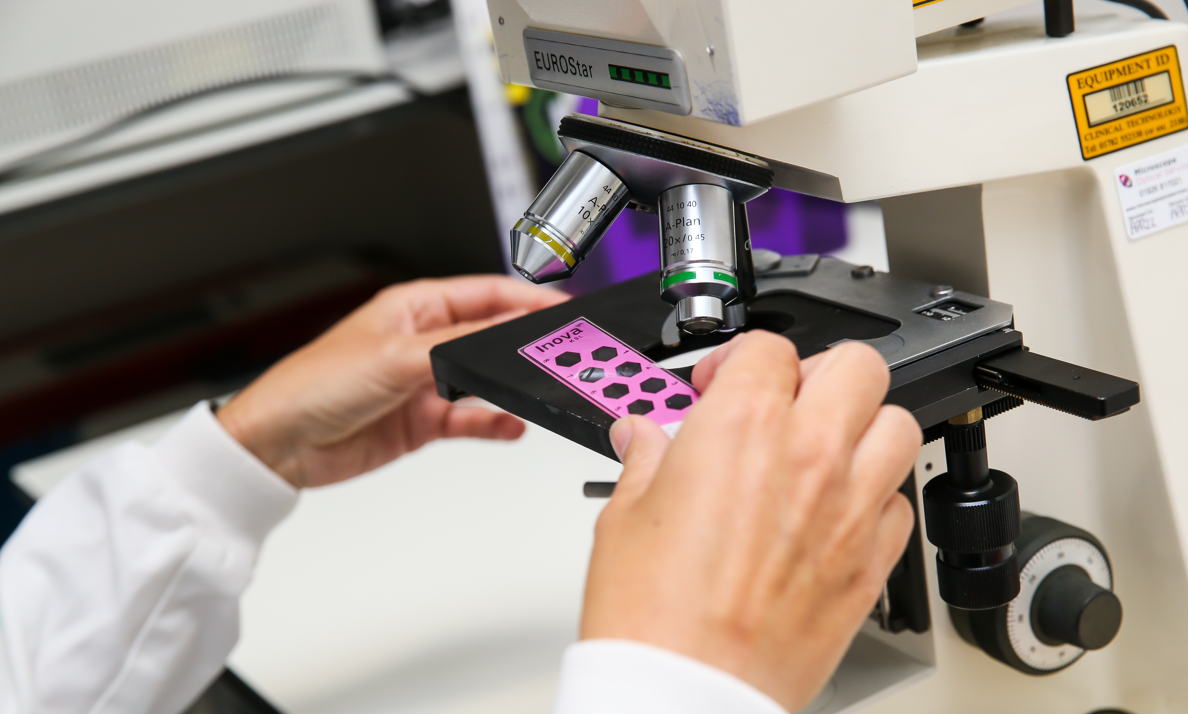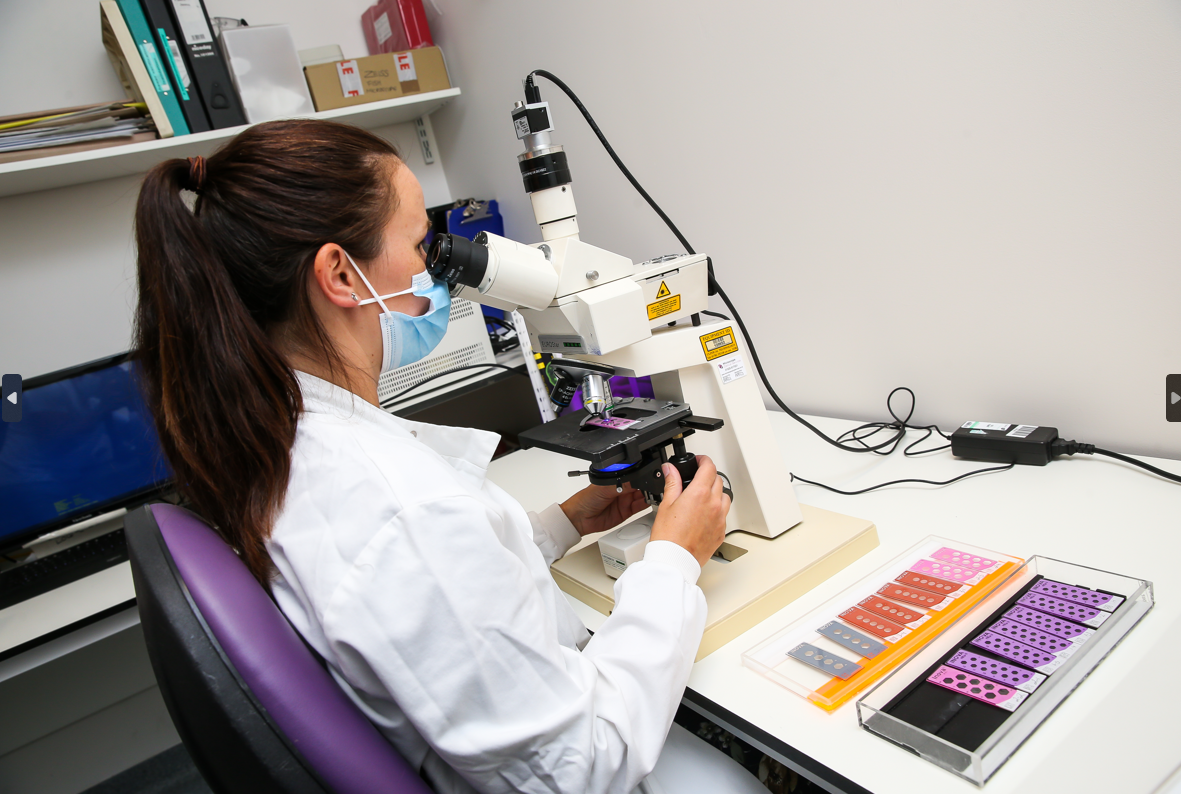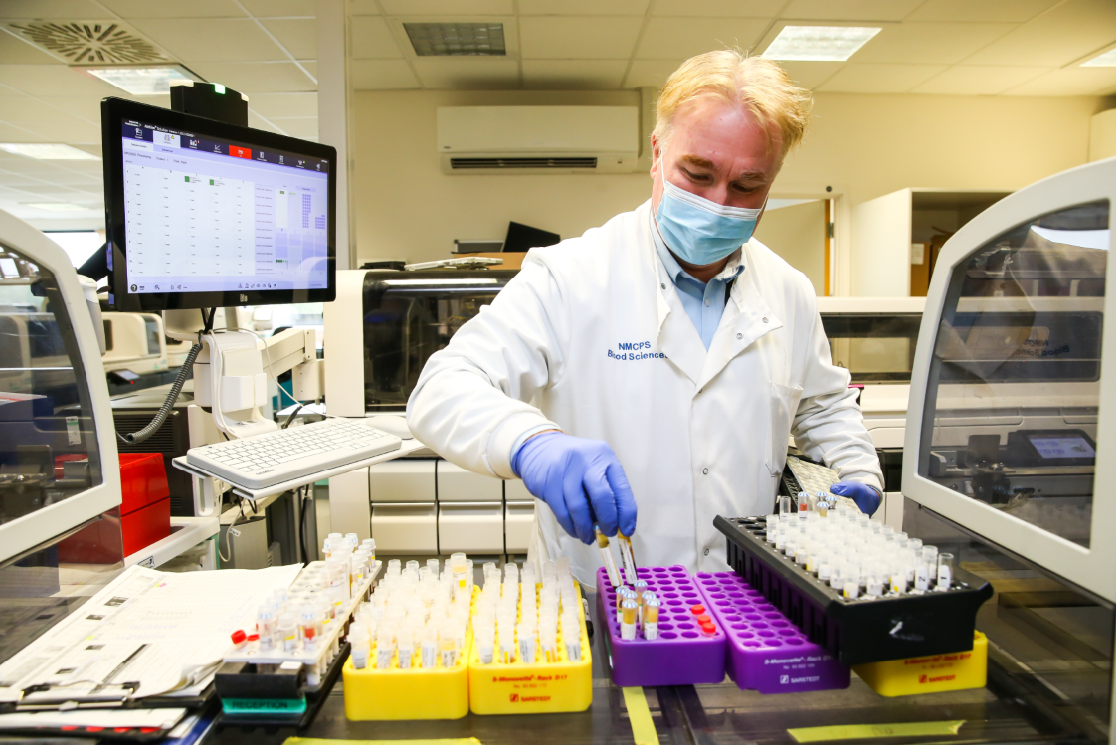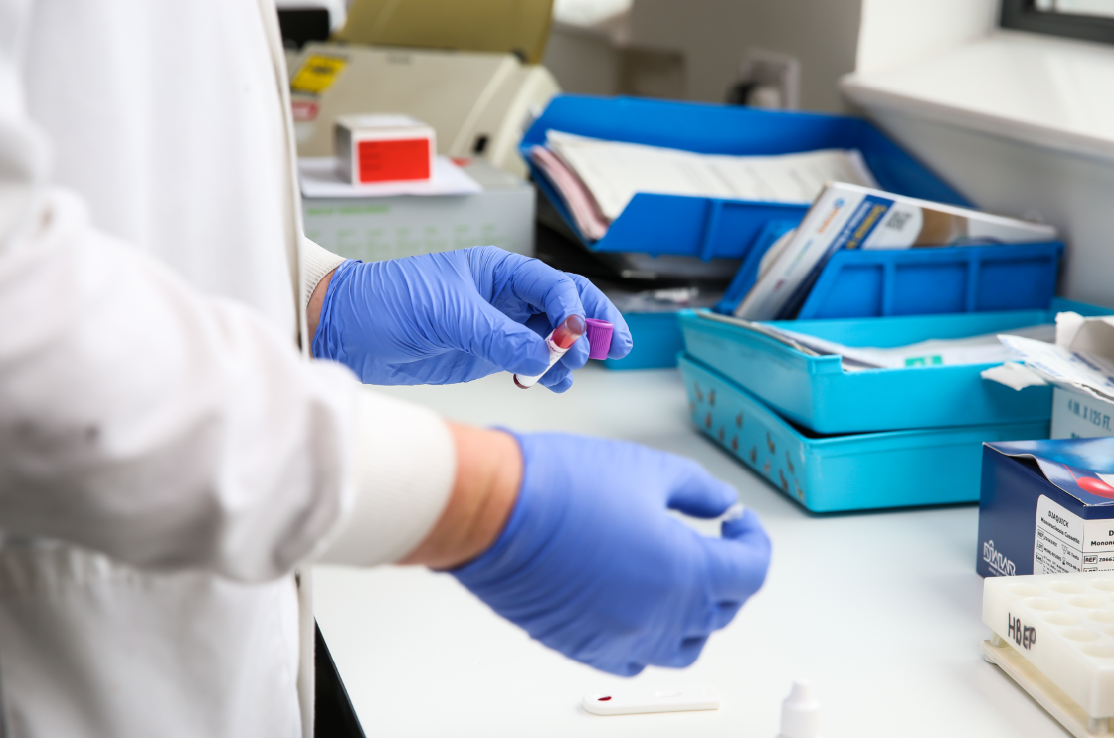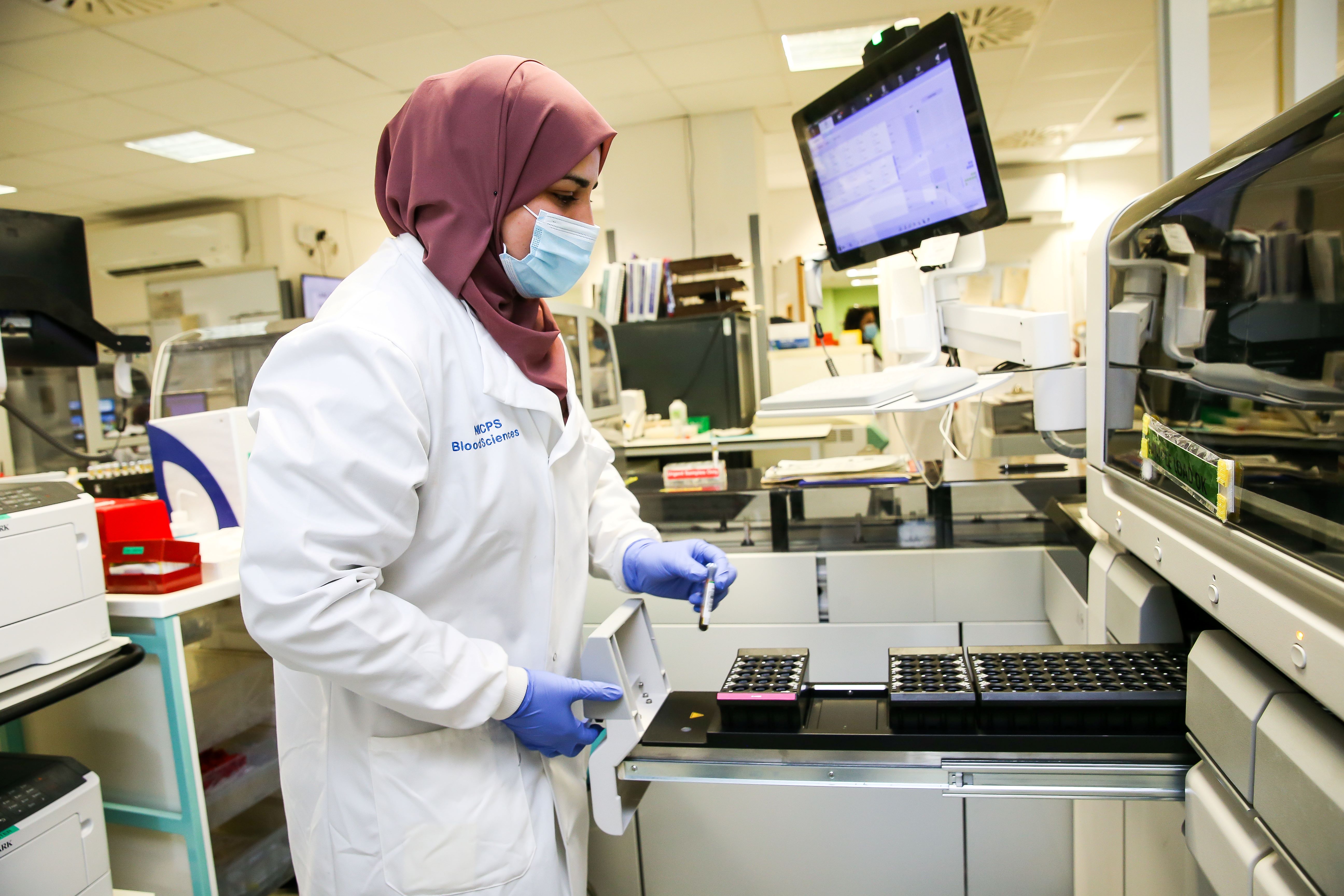Website Under Development
(Website currently for Pathology tests performed at Royal Stoke and County Hospital only)
Our website is under development, and some features may not be fully available at the moment. We appreciate your patience as we make these updates. Stay tuned for the new and improved version coming soon—thank you for your understanding!



